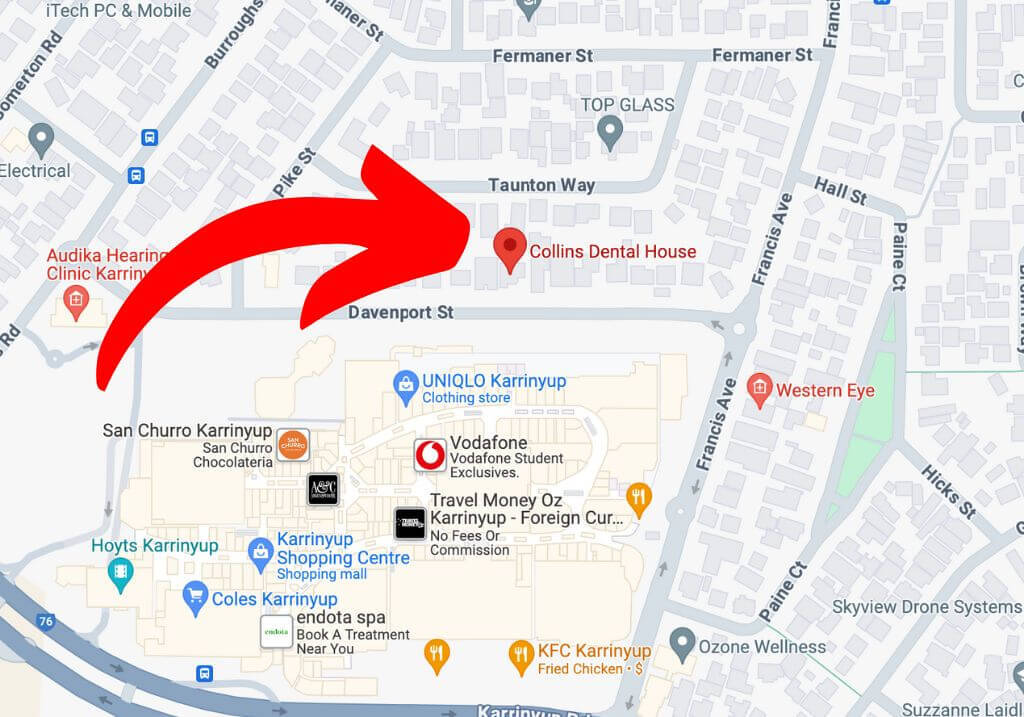Digital smile design is a process that can improve your smile and boost your confidence. It is an aesthetic treatment that involves an irreversible procedure and follows the Digital Smiling Designing technique to modify the smile of patients when improving their visual appearance. As the name implies, it is a process that designs your smile digitally and covers all those imperfections that impact your look and smile.
Is Digital Smile Design For Everyone?
We all want a beautiful smile to leave a lasting impression. However, sometimes, we cannot do much and go through mental struggles when we find our smile unimpressive. But, you can consider digital smile design to improve your smile and restore confidence. Experienced professionals will use digital smile designing tools to design your smile. The technique will improve your aesthetic visualization and help with the desired acceptance.
During the treatment, clinicians will create a new smile design digitally with a visualisation of the result of the dental treatment. You will know the appearance before going through the treatment, and you can assure about the outcome. The professionals will design a customised smile and work with patients to get the most desirable one. In brief, they will create a smile that will complement your facial and psychological characteristics when contributing to confidence and look.
As stated by experts, digital smile design is a multi-use conceptual tool. The tool will analyse patients’ dental and facial characteristics to predict the treatment outcome. The process can notice all the details that might have gone unnoticed in photographs.
What Is the Role of Technology in DSD?
Digital smile design means designing your smile using digital technologies. Hence, technologies will play a determining role throughout the process. The clinicians will use digital equipment, including computers and DSD software, during the evaluation and treatment. They can also use a digital SLR camera to notice all those characteristics that might impact the outcome. Besides, they will use a digital intra-oral scanner, a 3D printer, and CAM/CAD tools. They will use technology to evaluate your dental and facial characteristics. An accurate evaluation is a must to make the desired changes in the smile.
The experienced dental professionals will ensure a complete dental and facial analysis to know which changes can offer the desired outcome. Also, they will consider video documentation for the dynamic analysis of lips, face, gingiva, and teeth during laughing, smiling and talking. They will document almost all the aspects of your face and teeth to design a customised smile and boost your confidence.
What Are the Considering Factors?
Many things will decide the process and satisfaction levels of patients. Some influencing factors are case documentation ability, ease of use, aesthetic parameter, time efficiency, cost, and systematic digital workflow. However, aesthetic parameters, including height, midline, and curve of the smile, will guide smile evaluation.
What Is the Procedure?
The aesthetic parameters might vary based on DSD software, but the basic process will be the same in most digital smile designing. The software used in the process will design the aesthetic appearance using shapes and reference lines on intraoral digital photographs. The reference lines will help in facial analysis and can develop uniform parameters for the frontal view. The software will use horizontal and vertical reference lines to create an aesthetically appealing face.
The horizontal ones will create a sense of balance, and the vertical lines will cover the nose, facial midline, chin, and glabella. All these lines will cross against each other to get a cant of the face, and the entire process will help to analyse the current facial and dental characteristics and make improvements based on patients’ expectations.
Wrapping Digital Smile Design Up
Digital smile design can help patients get their desired smile. More importantly, they can visualise the outcome during the analysis phase before the treatment starts. The designing process will enhance the predictability of the procedure, and clinicians can give a clear picture to patients and address all their concerns in real-time.
DSD will customize a smile with the active participation of patients. The involvement of patients will result in a more humanistic, emotionally aesthetically driven, and confident smile. Since the patient will approve the final smile, there will be no scope for any confusion. Moreover, the patient can compare the post-treatment and pre-treatment smiles to know the differences.











